I've spent the last week or so rendering a simple ocean using gerstner waves but having issues with tiling, so I decided to start rendering them "properly" and dip my toes into the murky waters of rendering a heightfield using an iFFT.
There are plenty of papers explaining the basic gist -
1) calculate a frequency spectrum
2) use this to create a heightfield using ifft to convert from frequency domain to spatial domain - animating with time t
Since the beginning of this journey I have learned about things like the complex plane, the complex exponent equation, the FFT in more detail etc but after the initial steps of creating an initial spectrum (rendering a texture full of guassian numbers with mean 0 and sd of 1, filtered by the phillips spectrum) I am still totally lost.
My code for creating the initial data is here (GLSL):
float PhillipsSpectrum(vec2 k){
//kLen is the length of the vector from the centre of the tex
float kLen = length(k);
float kSq = kLen * kLen;
// amp is wave amplitude, passed in as a uniform
float Amp = amplitude;
//L = velocity * velcoity / gravity
float L = (velocity*velocity)/9.81;
float dir = dot(normalize(waveDir),normalize(k));
return Amp * (dir*dir) * exp(-1.0/(kSq * L * L))/ (kSq * kSq) ;
}
void main(){
vec3 sums;
//get screenpos - center is 0.0 and ranges from -0.5 to 0.5 in both
//directions
vec2 screenPos = vec2(gl_FragCoord.x,gl_FragCoord.y)/texSize - vec2(0.5,0.5);
//get random Guass number
vec2 randomGuass = vec2(rand(screenPos),rand(screenPos.yx));
//use phillips spectrum as a filter depending on position in freq domain
float Phil = sqrt(PhillipsSpectrum(screenPos));
float coeff = 1.0/sqrt(2.0);
color = vec3(coeff *randomGuass.x * Phil,coeff * randomGuass.y * Phil,0.0);
}
which creates a texture like this:

Now I am totally lost as how to : a) derive spectrums in three directions from the initial texture
b) animate this according to time t like mentioned in this paper (https://developer.nvidia.com/sites/default/files/akamai/gamedev/files/sdk/11/OceanCS_Slides.pdf) on slide 5
I might be completely stupid and overlooking something really obvious - I've looked at a bunch of papers and just get lost in formulae even after acquainting myself with their meaning. Please help.